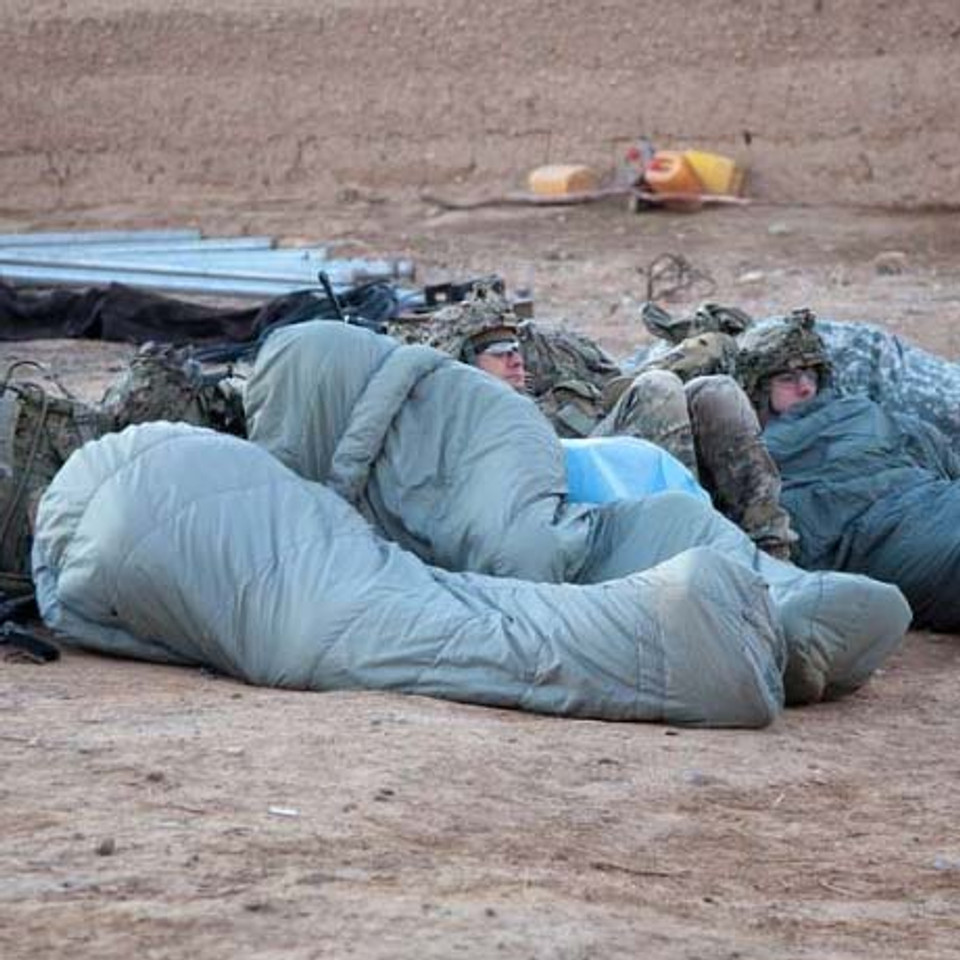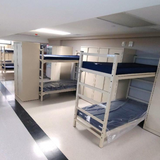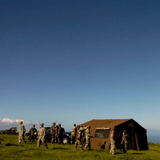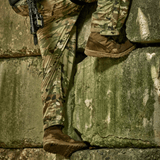How Sleeping Bag Temperature Ratings Are Determined
How Sleeping Bag Temperature Ratings Are Determined
When choosing a sleeping bag, the temperature rating is the most important thing to look at. However, if you want to avoid freezing your butt off when camping in extreme conditions, it’s crucial to understand how these temperature ratings are determined. This guide breaks down the complexities of sleeping bag ratings, from the EN/ISO system to military evaluations, so you can understand what those ratings mean.
EN/ISO Ratings
Before 2005, there was no standard rating system for sleeping bags. The manufacturers would decide for themselves what rating to put on a sleeping bag, so two 30°F sleeping bags might be vastly different in terms of warmth.
The EN (European Norm) 13537 Standard was introduced in 2005 to solve this problem. The standard required all sleeping bags to use the same testing system to determine temperature rating. In 2017, the ISO (International Standards Organization) 23537 Standard replaced the EN system. However, because the systems are almost identical, an old sleeping bag with an EN rating will have an identical ISO rating.
EN/ISO Lab Testing Method
The EN/ISO Standard has many specific, detailed instructions that testers must follow. However, the test basically involves putting a manikin dressed in thermal clothing in a sleeping bag. The sleeping bag goes on top of a sleeping bag inside a climate-controlled chamber. The manikin is thermal to mimic the heat output of the human body, and sensors measure how well the manikin retains heat within the sleeping bag at different temperatures.
ISO Ratings
Based on the test results, a sleeping bag will have these ratings:
- Comfort Rating: The temperature at which an “average female” can sleep comfortably without shivering throughout the night in an uncurled position.
- Limit Rating: The temperature at which an “average man” can sleep comfortably without shivering in a curled-up position.
- Extreme Rating: This represents the lowest temperature at which the sleeping bag will provide adequate protection against hypothermia. It’s a survival rating rather than a comfort rating.
Problems with the ISO Rating System
While the ISO system is better than letting manufacturers determine sleeping bags ratings on their own, it has many flaws that can make the rating inaccurate. These include:
- Set user height and weight: One standard-sized female and male manikin are used for the tests. If you are larger or smaller than the manikin, the sleeping bag may have more or less extra space in it, which affects how well the bag can trap heat.
- Base layer and sleeping pad: The ISO test puts the manikins in thermals and puts the sleeping bag on a standard foam pad, and yours may be very different.
- Doesn’t account for movement: A manikin doesn’t move around during the test like a real human does when sleeping. This can cause insulation to clump or air to escape through hoods. Good sleeping bags have features like baffles to prevent this, but there’s no way to account for those features in the testing process.
- No test for extreme conditions: The ISO Standard only applies to sleeping bags rated to -4F and above. There is no test for sleeping bags designed for extreme climates.
Military Sleeping Bag Temperature Ratings
US Military sleeping bags do not use the ISO/EN system. Instead, they perform their own lab tests. These tests are run by organizations such as the Defense Logistics Agency (DLA) and the Natick Soldier Systems Center. The Military doesn’t disclose how they run their lab tests to determine rating. However, the tests are probably similar to the ISO method, but likely also factor in the extreme conditions that soldiers may encounter.
In addition to lab tests, the US Military also uses field tests. Service members use the bags in real-world conditions. The final temperature rating is determined by both lab testing and field feedback.
Problems with Military Sleeping Bag Ratings
Like the ISO/EN rating system, military sleeping bag ratings are far from exact. Some of the main issues are:
- Survival, not comfort, rating: Military sleeping bags are made for survival, so don’t assume you will feel comfortable at the listed temperature.
- Tested for soldiers: The military temperature rating assumes a healthy, young, male is going to be using the sleeping bag. Our bodies lose the ability to create heat as we age, and being overweight or unhealthy can also make us feel colder. So, where a 20-year-old soldier in his prime might feel comfortable in a 30°F sleeping military sleeping bag, a 60-year-old overweight man might be freezing in the same bag.
- Limited time: Some sleeping systems only keep you comfortable for X hours at the temperature. For example, the Modular Sleep System is rated to -30°F for 4 hours. If you hoped to get a full night’s sleep at -30°F, you might wake up freezing.
No Temperature Rating System Is Perfect
The EN/ISO and Military sleeping bag temperature rating systems both have their pros/cons. The EN/ISO system has very clear, open guidelines, but doesn’t apply to cold-weather bags or account for real-life use. The Military system factors in real-world tests, but indicates survival over comfort.
Aside from temperature rating, there are also many other factors that determine how warm a sleeping bag will be—such as weather conditions, user health, and skills.
Not sure what rating you need? Read this post about how to choose the perfect sleeping bag rating.
You can also check out modular sleeping bag systems that allow you to mix and match sleeping bags to get the perfect comfort.







